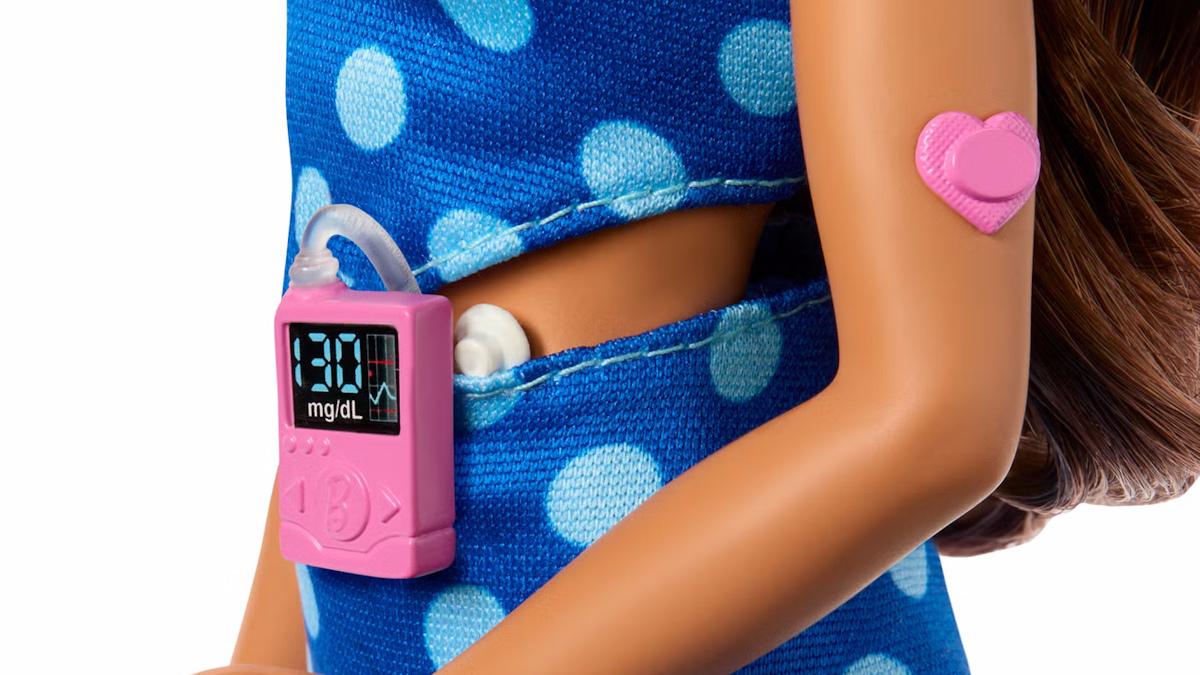Sanofi builds case for Toujeo in younger type 1 diabetics

Sanofi’s Toujeo – a follow-up to its long-acting insulin drug Lantus – has underperformed commercially since launch but the company hopes new data could help it gather momentum.
The French drugmaker has presented new phase 3 data with Toujeo from the EDITION JUNIOR trial, showing it is as effective as Lantus in controlling blood sugar in children and adolescents aged six to 17 years over six months’ dosing.
Both Toujeo and Lantus are once-daily formulations of insulin glargine, but the latter is designed to have a smoother release of active drug designed to reduce the risk of low blood sugar episodes (hypoglycemia) or high blood sugar (hyperglycemia) with ketosis over the 24-hour period.
In EDITION JUNIOR patients taking Toujeo had a similar rate of hypoglycemia overall, but numerically a lower rate of severe hypoglycemic episodes and hyperglycemia with ketosis.
That difference did not reach statistical significance, but Sanofi maintains these complications can be so serious that the reduction is still clinically important.
The results of the trial have already led to an approval recommendation from the EMA’s Committee for Medicinal Products for Human Use (CHMP) which if endorsed would extend the use of Toujeo – currently in adults only – into the children and adolescents age group.
Sanofi’s problem with Toujeo is that it has been unable to drive wholesale adoption of the new product over Lantus on the strength of the differences between the drugs shown in head-to-head trials, particularly since low-cost biosimilar versions of Lantus became available.
Lantus was a $6.5 billion product at its peak but started to decline in 2014 after the first biosimilars were approved in Europe, and as downward pressure on insulin prices in the US started to take hold.
The entry of Eli Lilly/Boehringer Ingelheim’s biosimilar Basaglar in 2016 accelerated the decline, although delays to a second biosimilar from Mylan/Biocon applied the brake a little. Sales were €2.28 billion in the first nine months of the year, down 17% and heading for a total tally of around €3 billion for 2019 as a whole.
That’s still a sizeable contribution to Sanofi’s top-line, but the company had hoped to make up the shortfall with Toujeo. As it turned out, the newer drug has brought in €649 million since the start of the year.
Growth of Toujeo has also stalled, with a rise of just over 1% compared to the same period of 2018 and a 25% decline in the US in the third quarter which the company says was caused by the coverage gap in Medicare Part D and declining insulin glargine prices.
The new data and pending EU approval could inject some new growth into the product, but isn’t likely to make a big difference to Sanofi’s overall diabetes sales, which have been in decline for some time and saw another 10% drop in the third quarter.













